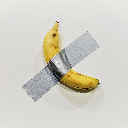-
 Bitcoin
Bitcoin $111300
-0.83% -
 Ethereum
Ethereum $4296
-0.28% -
 XRP
XRP $2.970
-0.28% -
 Tether USDt
Tether USDt $0.0000
0.01% -
 BNB
BNB $876.7
-0.13% -
 Solana
Solana $216.7
0.50% -
 USDC
USDC $0.9998
0.01% -
 Dogecoin
Dogecoin $0.2424
1.50% -
 TRON
TRON $0.3345
0.88% -
 Cardano
Cardano $0.8635
0.03% -
 Hyperliquid
Hyperliquid $53.38
5.54% -
 Chainlink
Chainlink $23.07
0.27% -
 Ethena USDe
Ethena USDe $1.001
0.02% -
 Sui
Sui $3.463
-0.21% -
 Stellar
Stellar $0.3738
-0.33% -
 Bitcoin Cash
Bitcoin Cash $578.5
-1.51% -
 Avalanche
Avalanche $26.00
2.07% -
 Hedera
Hedera $0.2276
0.77% -
 UNUS SED LEO
UNUS SED LEO $9.548
0.02% -
 Cronos
Cronos $0.2597
2.73% -
 Litecoin
Litecoin $112.0
-0.64% -
 Toncoin
Toncoin $3.089
-0.29% -
 Shiba Inu
Shiba Inu $0.00001285
-0.10% -
 Polkadot
Polkadot $4.098
1.54% -
 Uniswap
Uniswap $9.484
-0.88% -
 Ethena
Ethena $0.8361
8.06% -
 Dai
Dai $0.9998
0.01% -
 Monero
Monero $269.5
-0.68% -
 World Liberty Financial
World Liberty Financial $0.1994
-4.02% -
 Aave
Aave $299.1
-1.29%
What are the collateral requirements for Kraken contracts?
Kraken requires collateral (margin) for futures trading, with USDT, USD, or crypto accepted depending on contract type, and uses cross-margin by default.
Aug 13, 2025 at 11:35 am
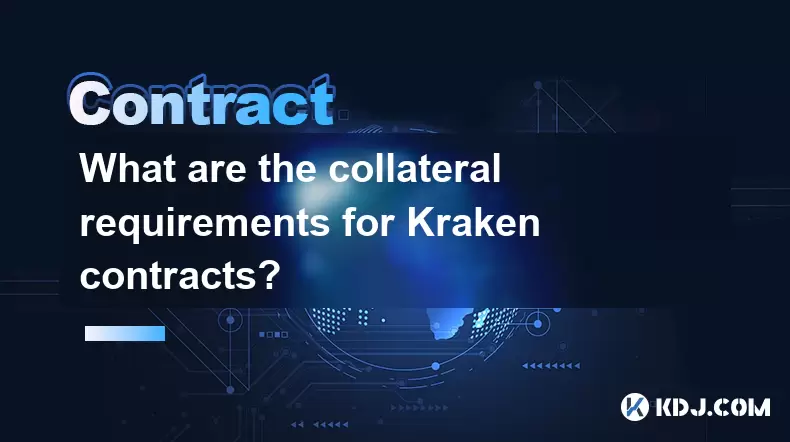
Understanding Kraken Contracts and Collateral Basics
Kraken offers futures trading through its Kraken Futures platform, which allows users to trade leveraged contracts on various cryptocurrencies. To participate in these leveraged positions, traders must deposit collateral, also known as margin, to secure their open positions. This collateral acts as a financial guarantee against potential losses. The amount required depends on the type of contract, the leverage used, and the market volatility of the underlying asset.
When opening a futures contract on Kraken, users must meet both initial margin and maintenance margin requirements. The initial margin is the minimum amount of funds needed to open a position. The maintenance margin is the minimum balance that must be maintained in the margin account to keep the position open. If the account balance falls below the maintenance margin level due to adverse price movements, the trader may face a margin call or automatic liquidation.
It is crucial to understand that Kraken uses a cross-margin system by default, meaning the entire balance in your futures wallet can be used as collateral across all open positions. This increases flexibility but also increases risk, as losses in one position can affect the margin available for others.
Types of Contracts and Their Collateral Structures
Kraken supports multiple types of futures contracts, each with distinct collateral requirements:
- Perpetual Contracts: These are the most popular and do not have an expiry date. They are typically cash-settled in USDT or USD. For USDT-margined perpetuals, the collateral must be held in USDT. For inverse perpetuals, the collateral is in the underlying cryptocurrency, such as BTC or ETH.
- Quarterly Futures: These contracts expire every quarter and can be either inverse (collateralized in crypto) or linear (collateralized in stablecoins or fiat).
- Index-Based Contracts: These track a price index and may have specific margin rules based on volatility.
For inverse contracts, the collateral is denominated in the base asset. For example, a BTC/USD futures contract requires BTC as collateral. This means your profit and loss are calculated in USD, but your margin is in BTC, exposing you to BTC price fluctuations even if your position is directionally neutral.
For linear contracts, such as ETH/USDT, the collateral is in USDT, and PnL is also settled in USDT. This reduces volatility exposure from the collateral asset itself, making it more predictable for traders focused on price movement rather than asset value swings.
Calculating Initial and Maintenance Margin
The initial margin requirement on Kraken is determined by the selected leverage. For example, with 50x leverage, the initial margin is 2% of the position value. However, maximum leverage varies by contract and user tier. High-tier accounts may access higher leverage, but this also increases liquidation risk.
To calculate the initial margin:
- Determine the position size in USD or the quote currency.
- Divide by the leverage multiplier.
- The result is the required collateral.
For a $10,000 position at 25x leverage:$10,000 / 25 = $400 initial margin required.
The maintenance margin is a smaller percentage, typically ranging from 0.5% to 1% of the position value, depending on the contract. If your equity drops to or below this level, Kraken will initiate liquidation. The liquidation price is calculated in real time and displayed in the trading interface.
Kraken uses a mark price—not the last traded price—to determine liquidation, which prevents manipulation and ensures fairness during volatile conditions.
Collateral Assets Accepted on Kraken Futures
Kraken allows several digital assets to be used as collateral, but the acceptable assets depend on the contract type:
- USDT-margined contracts: Only USDT can be used as collateral.
- USD-margined contracts: USD or USDC may be accepted.
- Inverse contracts: The base cryptocurrency must be used (e.g., BTC, ETH, ADA).
Funds must be transferred from your spot wallet to your futures wallet before trading. This transfer is done manually through the Kraken interface:
- Log in to your Kraken account.
- Navigate to Funding > Transfer.
- Select Spot Wallet as the source.
- Choose Futures Wallet as the destination.
- Enter the amount and select the asset (e.g., USDT).
- Confirm the transfer.
Only after the transfer is complete will the funds appear as available margin. Note that transfers are instant within the same account, but deposits from external wallets may take time depending on blockchain confirmation.
Risk Management and Margin Monitoring
Kraken provides tools to help users monitor their margin health:
- Margin Ratio: This shows the percentage of your equity relative to maintenance margin. A margin ratio of 100% or below triggers liquidation.
- Estimated Liquidation Price: Displayed for each open position, this indicates the price at which the position will be closed.
- Unrealized PnL: Fluctuations in this value directly affect your available margin.
To avoid liquidation:
- Maintain a buffer above the maintenance margin.
- Use stop-loss orders to limit downside.
- Monitor funding rates for perpetual contracts, as frequent payments can erode margin over time.
Kraken also implements a bankruptcy price calculation to determine when a position is no longer salvageable. If the market price reaches this level, the position is closed, and the loss is covered by the insurance fund if available.
Frequently Asked Questions
Can I use multiple assets as collateral for one position?No. Each futures contract requires a single collateral asset as defined by its margin type. For example, a BTC/USD inverse contract only accepts BTC. You cannot combine BTC and ETH to meet margin requirements for the same position.
What happens if my position gets liquidated?Upon liquidation, Kraken automatically closes your position at the best available price. Any remaining funds after covering losses are returned to your futures wallet. If the loss exceeds your margin, Kraken’s insurance fund covers the deficit, and you are not liable for additional payments.
Is there a minimum balance required to hold a futures position?Yes. You must maintain at least the maintenance margin for each open position. Additionally, Kraken may enforce a minimum notional value for opening trades—typically $10 to $25—preventing micro-sized positions that could destabilize risk systems.
Can I withdraw my collateral while a position is open?You can withdraw any excess margin not currently allocated to open positions. For example, if you have $1,000 in your futures wallet and only $600 is used as margin, you may withdraw up to $400. Withdrawals are processed from the futures wallet back to the spot wallet, and standard withdrawal rules apply.
Disclaimer:info@kdj.com
The information provided is not trading advice. kdj.com does not assume any responsibility for any investments made based on the information provided in this article. Cryptocurrencies are highly volatile and it is highly recommended that you invest with caution after thorough research!
If you believe that the content used on this website infringes your copyright, please contact us immediately (info@kdj.com) and we will delete it promptly.
- BlockDAG, DOGE, and XRP: Navigating Crypto Milestones in a Shifting Market
- 2025-09-10 14:25:15
- Meme Coins, Crypto Whales, and Investment Strategies: What's Hot in 2025?
- 2025-09-10 14:25:15
- Cloud Mining in 2025: Platforms Delivering Reliable Profits
- 2025-09-10 14:30:12
- Crypto Market Bracing for Violent Move: What's Next?
- 2025-09-10 12:25:13
- CoinShares' Nasdaq Debut: Redefining Crypto on Wall Street
- 2025-09-10 12:45:15
- Kaspa, BlockDAG, Solana: Unpacking the Crypto's Latest Buzz
- 2025-09-10 12:25:13
Related knowledge
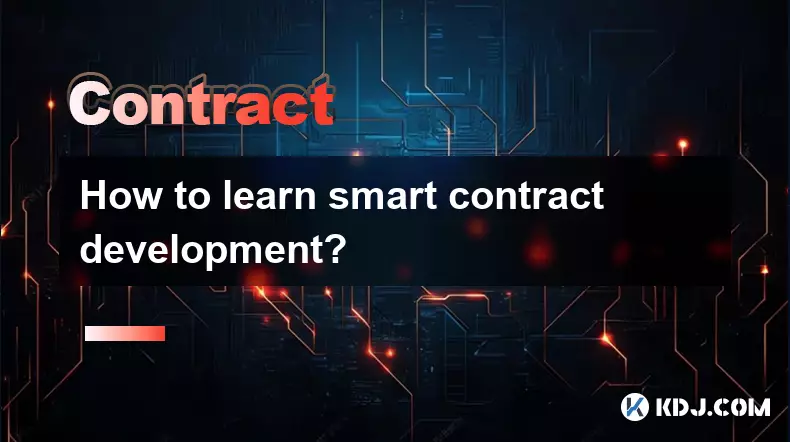
How to learn smart contract development?
Sep 09,2025 at 02:18am
Understanding the Foundation of Smart Contracts1. Smart contract development begins with a solid understanding of what smart contracts are—self-execut...
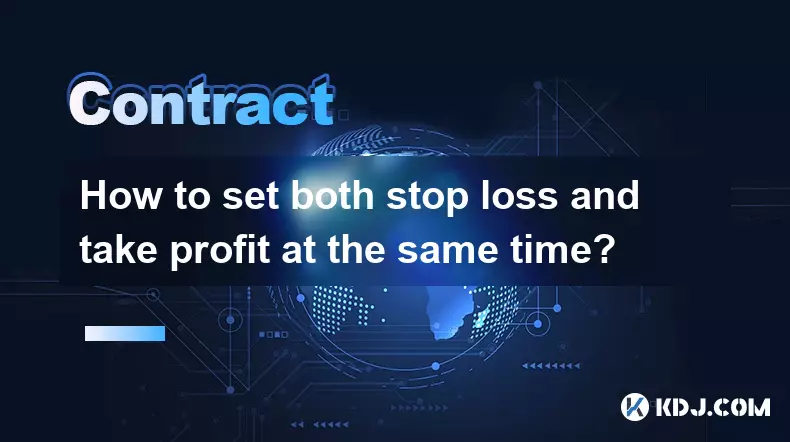
How to set both stop loss and take profit at the same time?
Sep 06,2025 at 04:36pm
Understanding Simultaneous Stop Loss and Take Profit Orders1. Placing both stop loss and take profit orders at the same time is a standard practice in...

What is copy trading for crypto futures?
Sep 07,2025 at 02:00am
What Is Copy Trading in Crypto Futures?1. Copy trading in crypto futures allows investors to automatically replicate the trades of experienced traders...
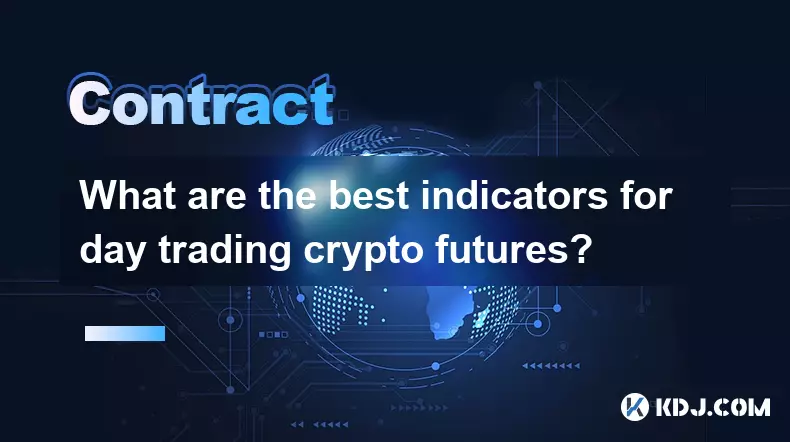
What are the best indicators for day trading crypto futures?
Sep 08,2025 at 10:18am
Top Technical Indicators for Crypto Futures Day Trading1. The Relative Strength Index (RSI) is widely used to identify overbought or oversold conditio...
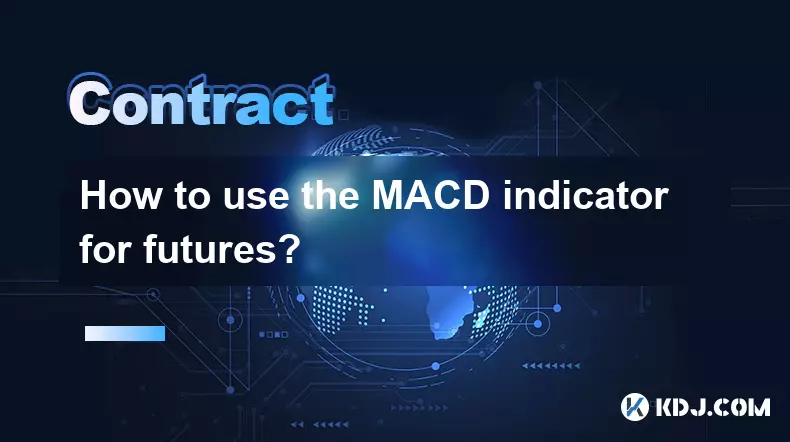
How to use the MACD indicator for futures?
Sep 07,2025 at 09:00pm
Understanding the MACD Indicator in Futures Trading1. The MACD (Moving Average Convergence Divergence) indicator is a momentum oscillator widely used ...

What to do if you are about to be liquidated?
Sep 06,2025 at 01:00am
Understanding Liquidation in the Crypto Market1. Liquidation occurs when a trader’s margin balance falls below the required maintenance margin, forcin...

How to learn smart contract development?
Sep 09,2025 at 02:18am
Understanding the Foundation of Smart Contracts1. Smart contract development begins with a solid understanding of what smart contracts are—self-execut...

How to set both stop loss and take profit at the same time?
Sep 06,2025 at 04:36pm
Understanding Simultaneous Stop Loss and Take Profit Orders1. Placing both stop loss and take profit orders at the same time is a standard practice in...

What is copy trading for crypto futures?
Sep 07,2025 at 02:00am
What Is Copy Trading in Crypto Futures?1. Copy trading in crypto futures allows investors to automatically replicate the trades of experienced traders...

What are the best indicators for day trading crypto futures?
Sep 08,2025 at 10:18am
Top Technical Indicators for Crypto Futures Day Trading1. The Relative Strength Index (RSI) is widely used to identify overbought or oversold conditio...

How to use the MACD indicator for futures?
Sep 07,2025 at 09:00pm
Understanding the MACD Indicator in Futures Trading1. The MACD (Moving Average Convergence Divergence) indicator is a momentum oscillator widely used ...

What to do if you are about to be liquidated?
Sep 06,2025 at 01:00am
Understanding Liquidation in the Crypto Market1. Liquidation occurs when a trader’s margin balance falls below the required maintenance margin, forcin...
See all articles




















































































